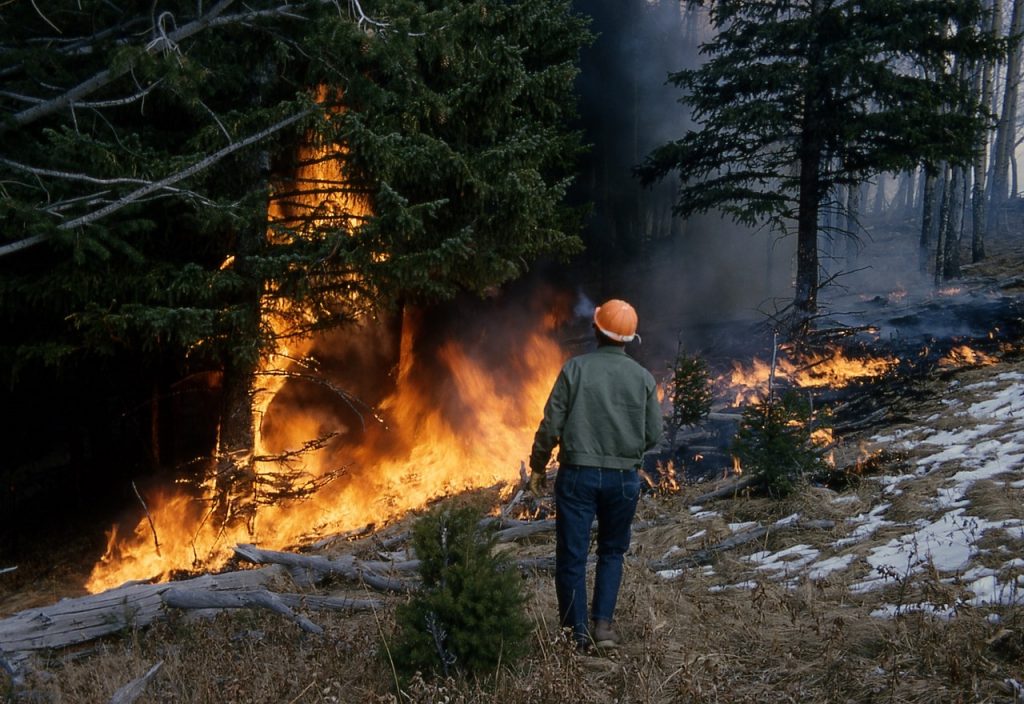
Gov. Gavin Newsom recently announced his new appointments to the California Public Utilities Commission. His appointments include: Genevieve Shiroma of Sacramento; Severin Borenstein of Orinda; Mary Leslie of Los Angeles; David Olsen of Ventura; and David Hochschild of Berkeley.
Newsom also announced his appointments to the Commission on Catastrophic Wildfire Cost and Recovery. His appointments include: Dave Jones of Sacramento; Michael A. Kahn of San Francisco; and Carla Peterman of Oakland. The California Senate Committee on Rules and the Speaker of the Assembly each appoint one member to round out the five-person group.
This new Commission on Catastrophic Wildfire Cost and Recovery stems from the passage of last year’s Senate Bill 901 –– a piece of legislation that addresses the catastrophic wildfires that were ever present in 2017 and 2018. The purpose of this commission, according to a recent publication from Newsom, is to “hold public meetings with the purpose of evaluating the short- and long-term costs of catastrophic wildfire to the state.” The commission is then required to “prepare a report including recommendations for changes to the law that would address…costs and equitable distribution among affected parties.”
In an interview, District 5 Suprv. Nathan Magsig explained possible ideas to pitch to the new commission during its public meetings: “To reduce future devastating forest fires, we need to reduce the fuel loads in the forest. There are too many trees per acre. The state needs to recognize biomass, sawmills, and logging as forest management solutions.”
He added, “Blame for the condition of our forests rests with all of us. To assign blame only on the utilities would be misguided. Prescribed burns, forest thinning, and the creation of fuel breaks will help to prevent future devastating fires.”
The ongoing issue of wildfires continues to be a concern for Californians. And, the need to improve forest management grows in prominence each day. With the passage of SB 901 and a new commission that deals with figuring out how to properly address costs of wildfires, the state legislature is starting to take steps to finding more permanent solutions to this issue.
Asking Magsig about potential solutions that could improve forest health and protect communities, he said, “I would like the state and federal government to empower counties to manage the health of the forest. I believe in local control and that residents who live and work in the forests take the best care of the land because it is also their home.”
Fresno County has been active in forest management and tree removal. According to Magsig, the county has been working “nonstop” for the past three years in applying for grants and removing high-hazard trees; “From January 2016 to January 2019 Fresno County has been responsible for the removal of 16,095 trees along our country roads. If you include all the work PG&E, Southern California Edison, Caltrans, Cal Fire, Highway 168 Fire Safe Council, Oak to Timberline Fires Safe Council, USFS Sequoia, USFS Sierra, and the County of Fresno have done, the number of trees from 2016 to January 2019 amounts to 325,040 felled.”








